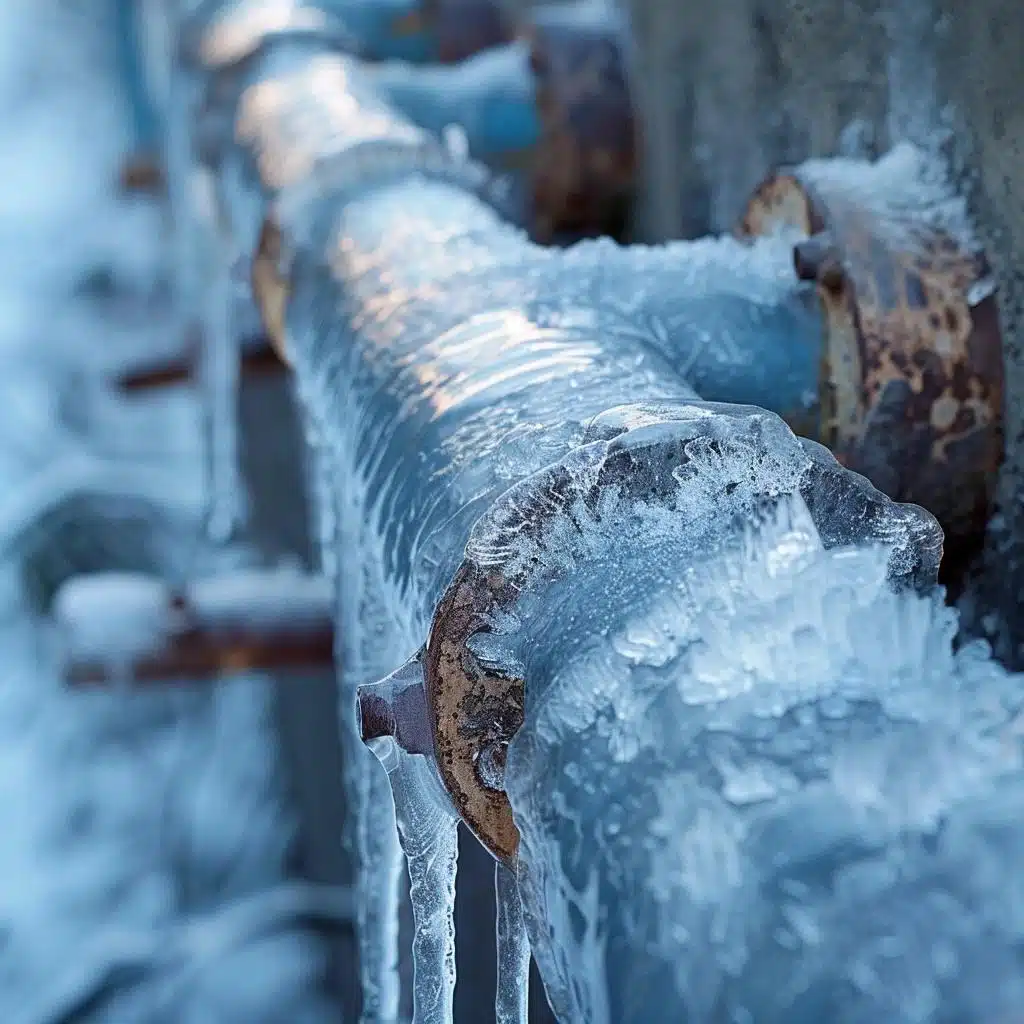Are you currently trying to locate tips concerning Winter Plumbing Precautions: Preventing Frozen Pipes?

Cold weather can ruin your pipes, especially by freezing pipelines. Right here's exactly how to prevent it from taking place and what to do if it does.
Intro
As temperatures decrease, the threat of icy pipes increases, potentially resulting in costly repairs and water damage. Recognizing just how to avoid frozen pipelines is vital for property owners in cool climates.
Comprehending Icy Pipelines
What creates pipelines to freeze?
Pipelines ice up when revealed to temperatures listed below 32 ° F (0 ° C) for expanded periods. As water inside the pipelines ices up, it increases, taxing the pipeline walls and potentially creating them to burst.
Risks and damages
Icy pipes can cause water supply disturbances, residential property damages, and pricey repair work. Ruptured pipes can flooding homes and trigger extensive architectural damage.
Indications of Frozen Pipeline
Determining icy pipelines early can stop them from rupturing.
How to determine icy pipes
Search for decreased water flow from faucets, uncommon odors or noises from pipes, and noticeable frost on subjected pipes.
Prevention Tips
Protecting at risk pipelines
Wrap pipes in insulation sleeves or utilize heat tape to shield them from freezing temperature levels. Concentrate on pipelines in unheated or external locations of the home.
Home heating strategies
Keep interior rooms appropriately heated, especially areas with plumbing. Open closet doors to permit cozy air to circulate around pipelines under sinks.
Securing Outdoor Pipes
Yard hose pipes and outdoor taps
Separate and drain pipes garden pipes before winter. Set up frost-proof faucets or cover outdoor faucets with protected caps.
What to Do If Your Pipes Freeze
Immediate activities to take
If you think frozen pipelines, keep taps open to ease pressure as the ice thaws. Make use of a hairdryer or towels soaked in warm water to thaw pipes gradually.
Long-Term Solutions
Structural modifications
Think about rerouting pipelines far from exterior wall surfaces or unheated areas. Add extra insulation to attic rooms, basements, and crawl spaces.
Upgrading insulation
Purchase high-grade insulation for pipelines, attic rooms, and walls. Correct insulation aids keep constant temperatures and decreases the threat of icy pipes.
Verdict
Protecting against icy pipes calls for proactive measures and quick responses. By recognizing the causes, indicators, and preventive measures, home owners can safeguard their pipes throughout cold weather.
5 Ways to Prevent Frozen Pipes
Drain Outdoor Faucets and Disconnect Hoses
First, close the shut-off valve that controls the flow of water in the pipe to your outdoor faucet. Then, head outside to disconnect and drain your hose and open the outdoor faucet to allow the water to completely drain out of the line. Turn off the faucet when done. Finally, head back to the shut-off valve and drain the remaining water inside the pipe into a bucket or container. Additionally, if you have a home irrigation system, you should consider hiring an expert to clear the system of water each year.
Insulate Pipes
One of the best and most cost-effective methods for preventing frozen water pipes is to wrap your pipes with insulation. This is especially important for areas in your home that aren’t exposed to heat, such as an attic. We suggest using foam sleeves, which can typically be found at your local hardware store.
Keep Heat Running at 65
Your pipes are located inside your walls, and the temperature there is much colder than the rest of the house. To prevent your pipes from freezing, The Insurance Information Institute suggests that you keep your home heated to at least 65 degrees, even when traveling. You may want to invest in smart devices that can keep an eye on the temperature in your home while you’re away.
Leave Water Dripping
Moving water — even a small trickle — can prevent ice from forming inside your pipes. When freezing temps are imminent, start a drip of water from all faucets that serve exposed pipes. Leaving a few faucets running will also help relieve pressure inside the pipes and help prevent a rupture if the water inside freezes.
Open Cupboard Doors
Warm your kitchen and bathroom pipes by opening cupboards and vanities. You should also leave your interior doors ajar to help warm air circulate evenly throughout your home.

Do you enjoy reading up on Helpful Tips to Prevent Frozen Pipes this Winter? Give a review down below. We would be pleased to listen to your views about this piece. In hopes that you visit us again soon. For those who enjoyed our blog post kindly remember to share it. Thanks a lot for your time. Don't hesitate to come visit our site back soon.
Book An Estimate Now
Comments on “Protecting Pipes from Cold Weather Damage: Key Approaches”